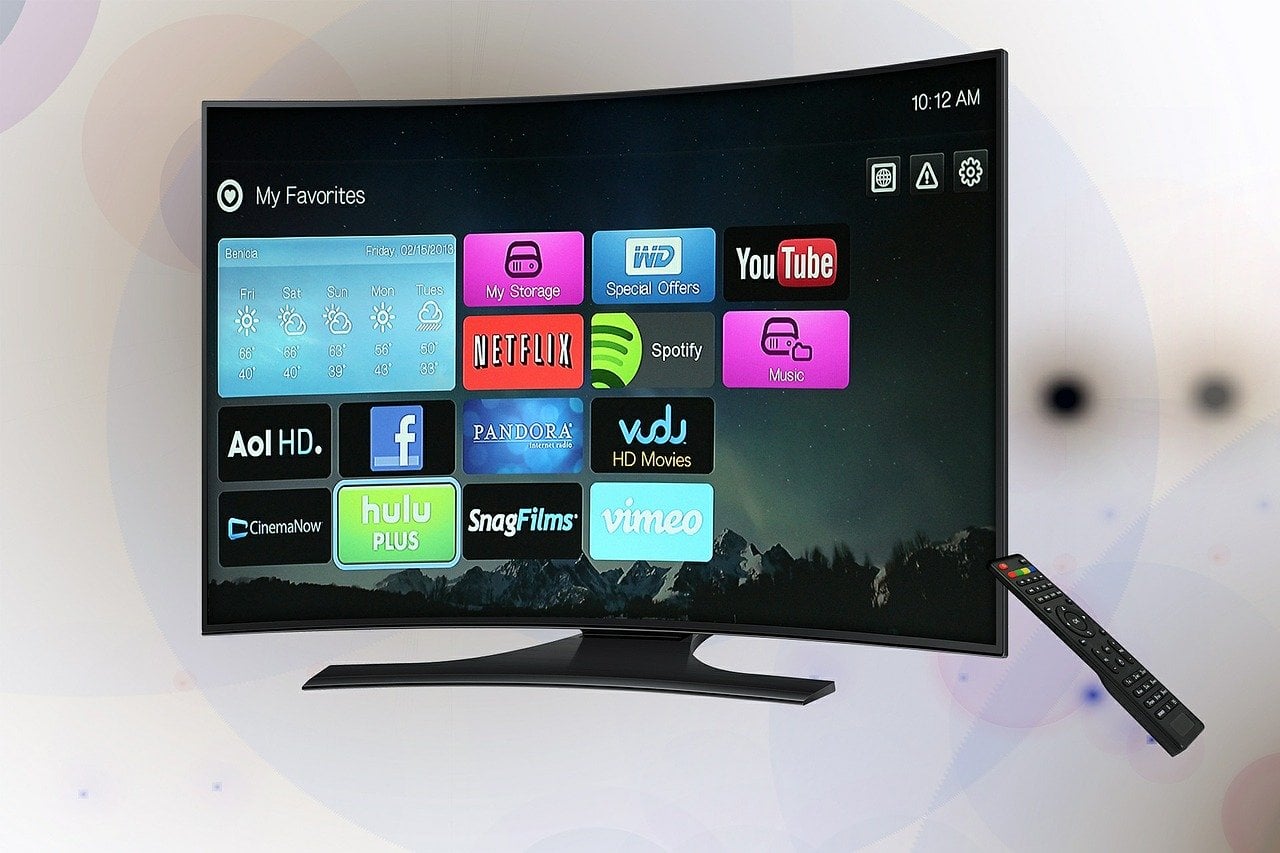Almost everything in our homes is getting smart! Our TVs have also become pretty smart. They give you the ability to access apps, connect to your other smart home devices, stream content from Netflix and other streaming services, and play games. They also receive timely software updates, just like smartphones. If you are in the market for a new TV with all the smart features, you might be looking into the Android TV vs smart TV comparisons. Let’s check out how they differ and which one could be a better choice for you.
What is a smart TV?
The dumb TVs have entertained and informed us for decades. But their time is over. The standard ‘idiot box’ comes with HD, Full HD, Quad HD, or 4K resolutions. It gives you only a small number of connectivity options such as a USB port, an HDMI port, and analog cable ports. But they lack smart features.
A smart TV comes with an operating system such as Tizen, webOS, HomeOS, and Smart Central. It also has a bunch of pre-installed popular apps such as Netflix, Hulu, YouTube, Disney Plus, Amazon Prime Video, Facebook, and others. You can scroll through your social media feed and play games on the TV.
You can connect a smart TV to the Internet through an Ethernet cable or wirelessly. And yes, you can also hook your smart TV up to a DVD or Blu-ray player. Some manufacturers have also launched smart TVs with voice-recognition and motion gestures.
Depending on which OS your smart TV is running, you can download many more apps onto the TV. So, it’s important to pick the right OS. Most of the operating systems have only a limited number of apps. And some vendors don’t push out timely software updates to improve the experience on their smart TVs. They can also be hacked relatively easily.
Smart TVs are a good choice if you want to stream content from popular apps such as Netflix, YouTube, Hulu, Amazon Prime Video, and a few others. They work just fine if you are not accustomed to Android devices.
What’s an Android TV?
Android TVs are not entirely different from smart TVs. In fact, they are a type of smart TV. Android TVs do everything a smart TV does. The biggest difference between a smart TV and an Android TV is that the latter runs Google’s Android software.
If you use an Android phone, you’ll find the Android TV’s interface pretty familiar. Android TVs get over-the-air software updates, just like Android phones, to improve and optimize the experience.
Thanks to Android, it has access to Google Assistant. You can use the voice assistant to switch channels, adjust volume, ask questions, or ask it to tell you a joke. You can also control your other Google Assistant-compatible smart home devices with your voice.
Android TVs also have the Chromecast technology built-in, allowing you to share your Android smartphone screen to the TV. If you have an iPhone, you can download the AirBuddy app to cast your screen to the TV. You can also cast videos from compatible smartphones, computers, apps, and browser to the Android TV.
Android TVs also have access to the Google Play Store, letting you download a vast number of apps to the TV. The Play Store has far more apps than you’d find on any other smart TV. It also has popular games like Mortal Kombat, Final Fantasy, Minecraft, Asphalt 8 and others that you can install on the Android TV.
The home screen of an Android TV shows recommendations that you might be interested in, along with recently viewed content from apps. The home screen is designed to help you discover new content. Sony, Sharp, Nvidia, Hisense, and several other vendors make Android OS TVs.
Which is better?
So, which one wins in this Android TV vs smart TV comparison? They both have their benefits and limitations. Android TVs are buggier than other smart TVs, even though Google continues to update the software to improve the experience. But Android TV also gives you more features such as a bigger library of apps, access to Google Assistant, and more timely firmware updates.





